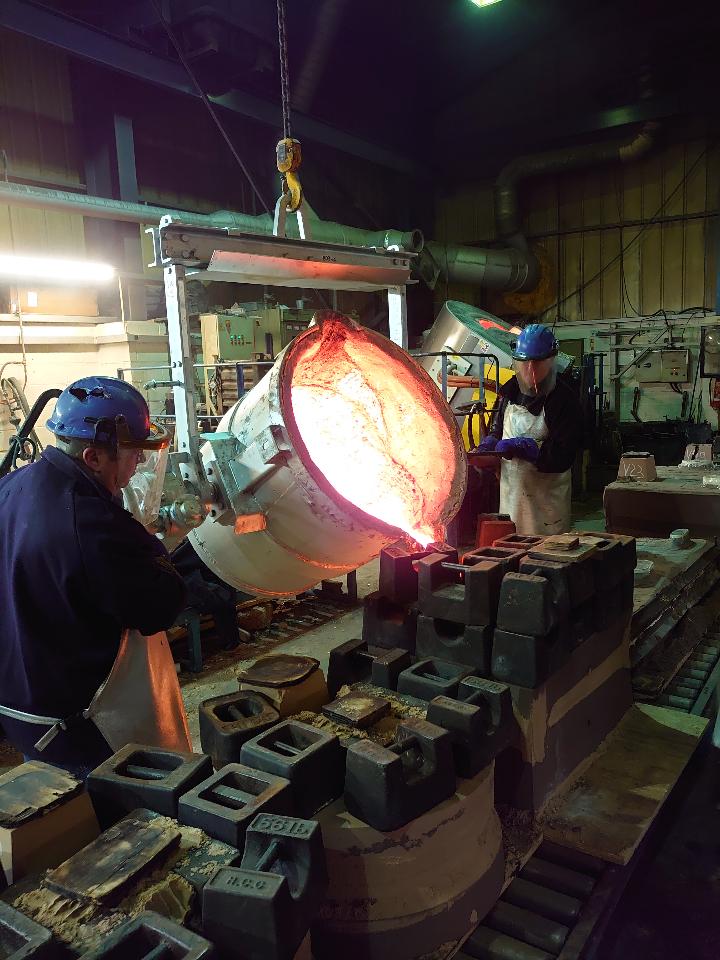CJR can now supply CNC-machined Class S superyacht and patrol boat propellers up to 800kg thanks to our new 1.5 tonnes ladle. We’ve invested in this bigger ladle and a new furnace to meet customer demand for larger CJR propellers. All our propellers are designed using CFD adapted wake fields. They are cast using a patternless moulding process in our IACS-approved foundry and fully CNC-machined on-site to ensure optimum performance.
Our process
CJR ’s propellers and propulsion systems are a combination of a progressive approach to design and manufacturing technology combined with the skill borne of three generations of craftsmanship in creating propellers and sterngear. Every facet of our operation, from new materials to new methodologies, is constantly reviewed and refined. Shown below is our engineering facility boasting over £3 million investment in state-of-the-art machinery in a ‘Lean’ environment.
CJR design strategy can be called a holistic approach to the propulsion system. We don’t only make propellers, we analyse the entire propulsion system of each boat starting from hull resistance prediction and hull propulsive factors.
Precise patterns ensure high accuracy of final product and are one of the most important stages in the manufacturing process of casting items of complex geometry like propellers, rudders and P-Brackets.
CJR’s foundry team has the combined benefits of over 150 years experience in the industry. This experience coupled with our excellent software, tooling and patterns provides an extremely efficient and highly productive output of quality castings.
CAD/CAM controlled machining of the cast propellers, P brackets and rudders are undertaken to the fine tolerances of their original design, which ensures that the finished components perform as predicted.
Our processes ensure that the geometry of our finished castings is always true and accurate to the original design. Consequently, there’s little need for extensive finishing, which can offer significant cost and time savings. Additionally, our digital inspection equipment thoroughly checks every component for everything from geometry to skew, rake and pitch.
CJR are committed to achieving a best in class standard of quality with all products and processes. The final product that is supplied to our customers has passed a full process of quality procedures involving material traceability and analysis and dimensional evaluation at each phase of manufacture. All results are recorded through CJR’s Navision system and retained for traceability.
